Sir Godfrey Kneller, 1st Baronet (1646-1723)
Get a Kneller Certificate of Authenticity for your painting (COA) for your Kneller drawing.
For all your Kneller artworks you need a Certificate of Authenticity (COA) in order to sell, to insure or to donate for a tax deduction.
Getting a Kneller Certificate of Authenticity (COA) is easy. Just send us photos and dimensions and tell us what you know about the origin or history of your Kneller painting or drawing.
If you want to sell your Kneller painting or drawing use our selling services. We offer Kneller selling help, selling advice, private treaty sales and full brokerage.
We have been authenticating Kneller and issuing certificates of authenticity since 2002. We are recognized Kneller experts and Kneller certified appraisers. We issue COAs and appraisals for all Kneller artworks.
Our Kneller paintings and drawings authentications are accepted and respected worldwide.
Each COA is backed by in-depth research and analysis authentication reports.
The Kneller certificates of authenticity we issue are based on solid, reliable and fully referenced art investigations, authentication research, analytical work and forensic studies.
We are available to examine your Kneller painting or drawing anywhere in the world.
You will generally receive your certificates of authenticity and authentication report within two weeks. Some complicated cases with difficult to research Kneller paintings or drawings take longer.
Our clients include Kneller collectors, investors, tax authorities, insurance adjusters, appraisers, valuers, auctioneers, Federal agencies and many law firms.
We perform Sir Godfrey Kneller art authentication, appraisal, certificates of authenticity (COA), analysis, research, scientific tests, full art authentications. We will help you sell your Sir Godfrey Kneller or we will sell it for you.
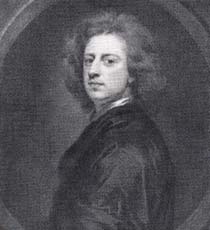
Sir Godfrey Kneller was the leading portrait painter in England during the late 17th and early 18th centuries, and was court painter to British monarchs from Charles II to George I. His major works include The Chinese Convert (1687); a series of ten reigning European monarchs, including King Louis XIV of France; over 40 “Kit-cat portraits” of members of the Kit-Cat Club; and ten “beauties” of the court of William III, to match a similar series of ten beauties of the court of Charles II painted by his predecessor as court painter, Sir Peter Lely.
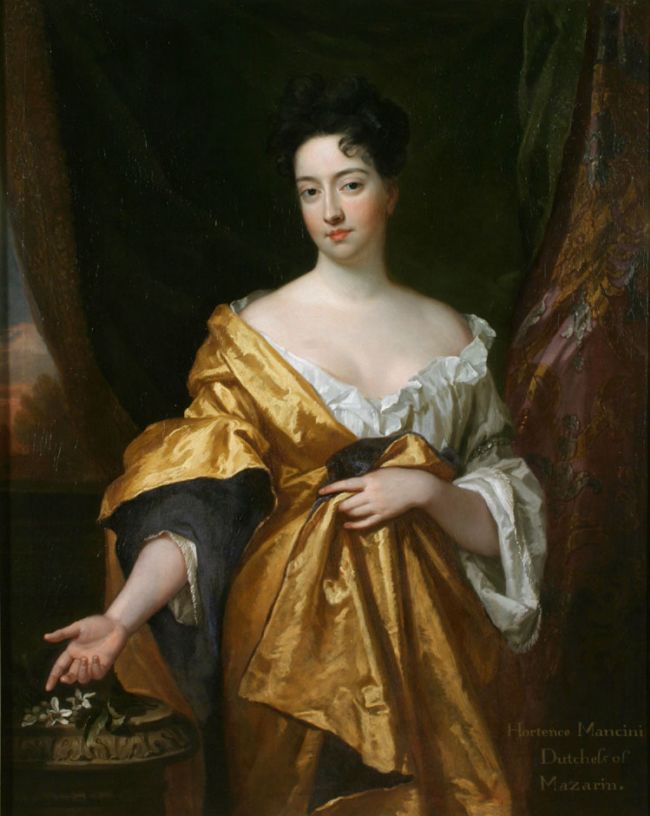
Kneller was born Gottfried Kniller in Lübeck, Germany. Kneller studied in Leiden, but became a pupil of Ferdinand Bol and Rembrandt in Amsterdam. He worked in Rome and Venice in the early 1670s, painting historical subjects and portraits, and later moved to Hamburg. He came to England in 1674, at the invitation of the Duke of Monmouth, accompanied by his brother, John Zacharias Kneller, who was an ornamental painter. He was introduced to, and painted a portrait of, Charles II. In England, Kneller concentrated almost entirely on portraiture. He founded a studio which churned out portraits on an almost industrial scale, relying on a brief sketch of the face with details added to a formulaic model, aided by the fashion for gentlemen to wear full wigs. His portraits set a pattern that was followed until William Hogarth and Joshua Reynolds.
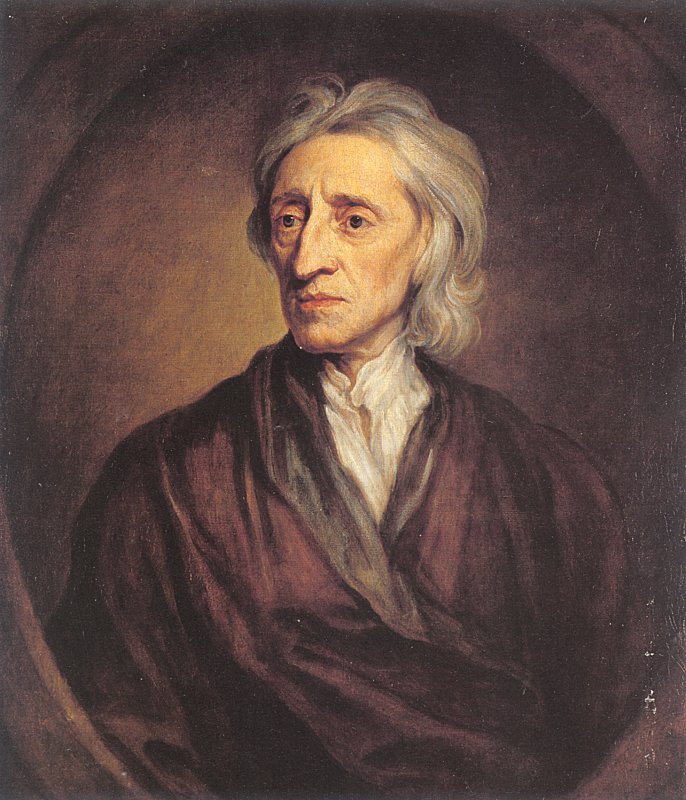
Nevertheless, he established himself as a leading portrait artist in England. When Sir Peter Lely died in 1680, Kneller was appointed Principal Painter to the Crown by Charles II. He was later knighted by William III. He produced a series of “Kit-cat” portraits of 48 leading politicians and men of letters, members of the Kit-Cat Club. Created a baronet by King George I, he was also head of the Kneller Academy of Painting and Drawing 1711-1716 in Great Queen Street, London. His paintings were praised by Whig luminaries such as John Dryden, Joseph Addison, Richard Steele, and Alexander Pope.
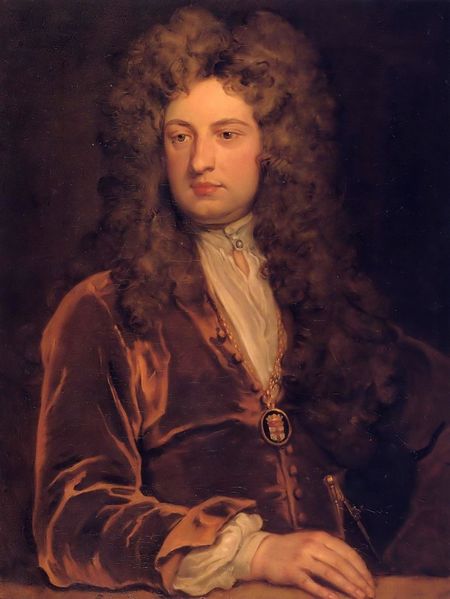
Kneller died of fever in 1723 and his remains were interred in Twickenham Church (he was a churchwarden there when the 14th century nave collapsed in 1713 and was involved in the plans for its reconstruction). The site of the house he built in 1709 in Whitton near Twickenham is now occupied by the mid-19th century Kneller Hall, home of the Royal Military School of Music.
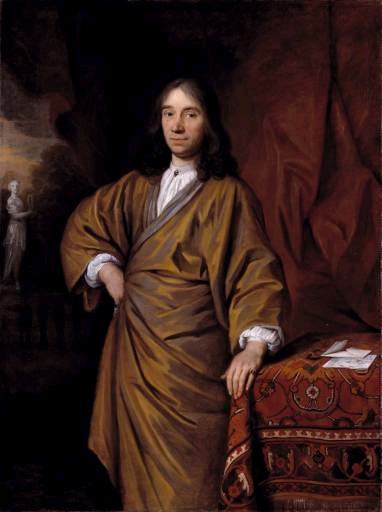
In his hometown Lübeck there are works to be seen in the St. Annen Museum and in Saint Catherine Church. His former works at St. Mary’s Church were destroyed by the Bombing of Lübeck 1942.
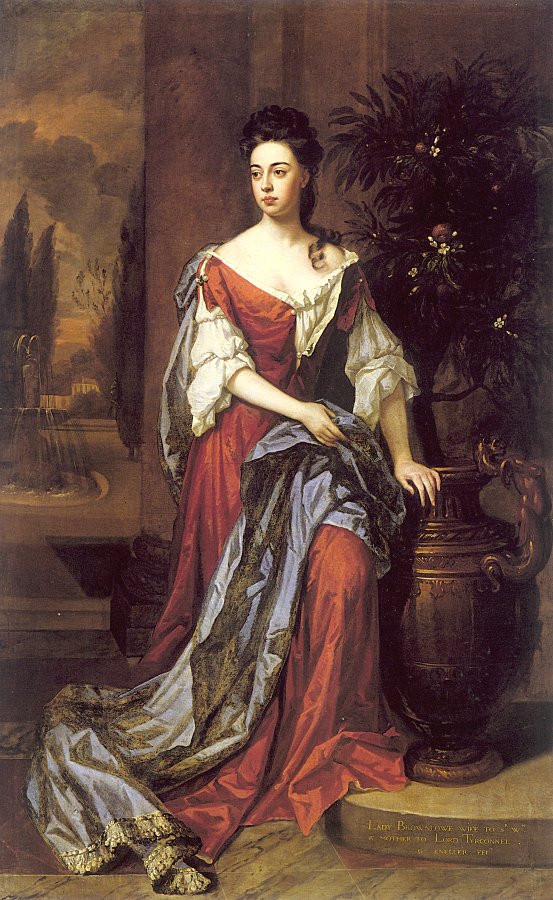
Still wondering about an English painting in your family collection? Contact us…it could be by Sir Godfrey Kneller.
Reviews
1,217 global ratings
5 Star
4 Star
3 Star
2 Star
1 Star
Your evaluation is very important to us. Thank you.
